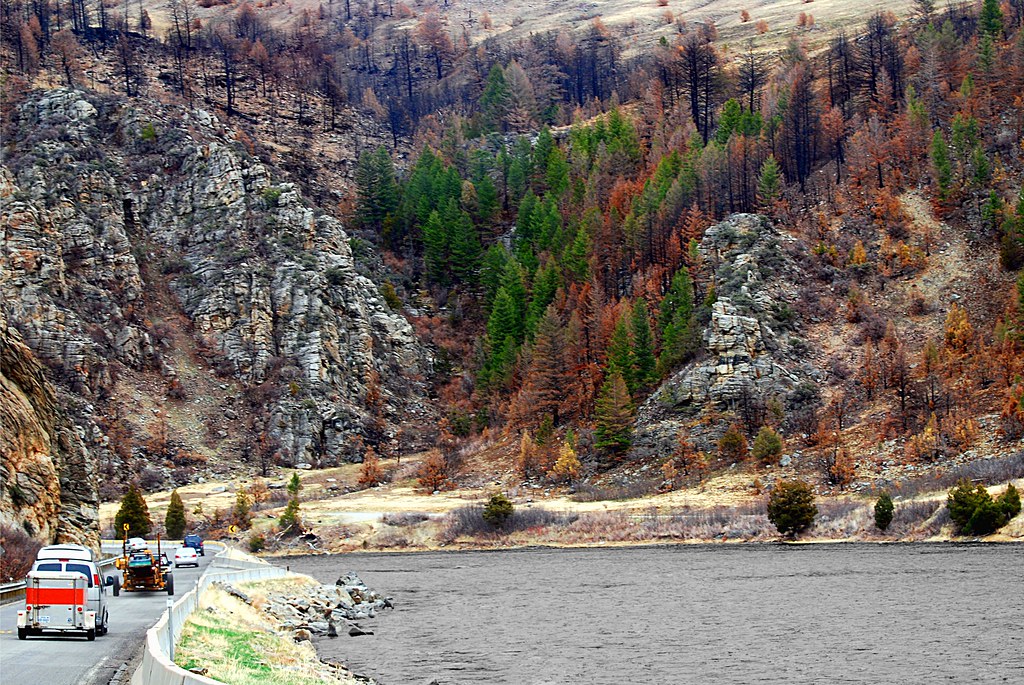10 YEARS SINCE PUBLICATION
Real Knowledge
is it the fish or the bug ?
-------
.. It's interesting to listen to fly fishers explain the behavior of trout in terms of fly selection, weather, time of day, current observed hatch, current not-observed hatch, depth of water, color of water, temperature of water, cloud cover, sunshine, and an additional bucket full of factors external to the fish that they are trying to catch... "It's the wrong size fly," "It's the wrong fly pattern," "He spooked because of my pink shirt," "The sun is out so we won't catch the big ones," and dozens of other seemingly rational reasons for failure. The same can be said for the reasons for successes. Most interesting indeed.
.. Fly fishers pretend to know what makes a trout behave by referring to everything but the trout. Perhaps they want to fail. Perhaps they think that knowing what is in the mind of a trout would make things too easy in the catching department.
.. Indeed, catching has been so easy over the last few days that we've actually become bored with the fishing. We grabbed and re-read this book by Thomas C. Grubb, Jr. just to see if we could figure out what those dozens and dozens of trout could have been thinking.
.. Cognitive ecology integrates what we know about the trout brain with, trout sensory functions, trout perceptions, trout learning, and trout memory, within an environmental, social, and psychological context, to arrive at what we know about the trout decision making process.
.. It's disappointing for many fly fishers to learn that their precious fly patterns are only a very minuscule part of the decision process that goes on within the mind of the feeding trout.
.. Please note that the mind of the trout is not the brain of the trout. Keeping our attention on this is useful when dealing with fish and humans, as well.
.. Right now, on the lowland Madison River, the thinking trout is eating a variety of lures, and flies, and bait. The un-thinking fly fishers are attributing their catching prowess to a series of factors outside of, and apart from, the fish that they are catching.
.. Hot topics in local, (and lowland,) pubs concern themselves with the right midge pattern, the right color for skwala flies, or the correct size for the observed mayflies.
.. No one seems to be talking about the river current's velocity and drift feeding trout. We've not heard a single word about the geomagnetic orientation of trout in a stream adjacent to massive volcanic lava formations.
.. We hear discussions of success based on "my secret pattern," but not that the trout has learned which patterns allow it to better perceive speed in the water.
.. There hasn't been a whisper heard, (by us,) about the Spring learning curve of trout and their selection of foods - available or not. Who among us describes the feeding behavior of our neighborhood trout in social or psychological terms?
.. It is particularly pertinent right now on the Madison River, the Gallatin River, Big Spring Creek, the Yellowstone River, and most other rivers experiencing the early Spring trout activity.
 .. Spring time social behavior, psychological adjustment, and feeding strategies are intricately interwoven at the moment: thank you Professor Grubb for showing us how this works. It helps explain much, and now we know where to fish and not catch any fish - with either the right or wrong fly pattern.
.. Spring time social behavior, psychological adjustment, and feeding strategies are intricately interwoven at the moment: thank you Professor Grubb for showing us how this works. It helps explain much, and now we know where to fish and not catch any fish - with either the right or wrong fly pattern... There is quite a bit of learning going on within the mind of the thinking trout in our rivers. Habituation, persistence, attention span, forgetfulness, and other phenomena are at work in the learning curve of the trout in our rivers. My, my, my, look at how the fish conform to scientific explanation.
.. We often hear expert fly fishers talk about the "pea-sized brain" of our trout. Truth be told some are larger and some are smaller. However, there is room in those brains for both short term and long term memory. And each of these sorts of memory apply to different perceived phenomenon - for different lengths of time. Now that explains quite a bit. And we now know what sorts of behaviors we can indulge in while catching.
MONEY QUOTE #1
These fish have the equipment to perceive light, mechanical stimuli, odor and taste molecules, and electromagnetism. Such internal factors as endogenous rhythms, hunger state, and hormone levels influence their responses to these environmental stimuli. Perception and attention partially dictate what trout react to in their surroundings. Learning and memory furnish stored information that the fish integrate with current sensory input to control their behavioral responses.
.. So the next time someone explains to you about the sure-fire way to catch trout on a stream, it might serve you well to ask what they know about the trout. When was the last time they fished the place they are telling you about? How hungry are the trout? What are the light levels in the stream and the current state of sand grains and pebbles grating against boulders? And, by the way, what are the current endogenous rhythms contributing to the feeding state of the fish? Are you sure that is the right fly pattern?
.. And, also, about that pea-sized brain: parts of it seem to grow in size and then diminish in size as the mind has need of different functions. What brain parts of the local trout are currently in the ascendant state? Aha, now we know all about the wrong fly pattern catching all those fish. Try that over the next brew at the pub. Or try it while you listen to the experts expound. Or check the printed word.
MONEY QUOTE #2
Although suggestions abound for what artificial lures an angler should use under what conditions, few or none of these claims are based on experimental records. Most seem to be somewhere between witchcraft and snake oil. But, then, those promoting the use of one fly or another are often attempting to catch anglers, not trout.
.. This is hardly a book review. This is just a note to mention that a decade after this book was published it still has much to teach anglers. Sadly, it is not a book found in the libraries of most fly fishers. Not surprisingly, it's probably not for sale at the local feather merchant in your neighborhood. After all why talk about the fish - they can't be sold, unlike the latest magnificent material, or catchy color, or nifty hook design.
.. We all know that fly fishing is about ethereal feelings of connection with exotic flies, fancy gear, escapism, and our surroundings. Poetry abounds in fly fishing. We like it soft. We certainly don't want to know about the fish. That would detract from the rods, reels, lines, leaders, waders, flies, and pastel pink shirts. How dare one wax poetic about the psychological role of pods of fish and their learning curves in the Spring? It's far more satisfying to extol the virtues of a fine cast into the wind on a raging river with a massive fly and an under weighted rod and line combination.
.. We are now on the hunt for a place where the fish . . . . . Thank You Professor Grubb!
-------









.jpg)






